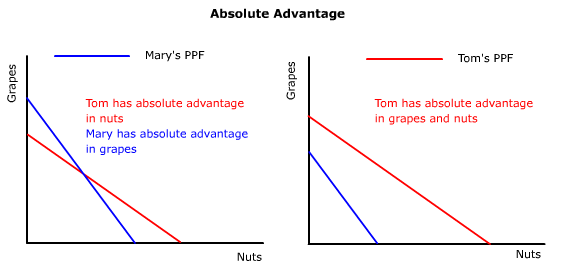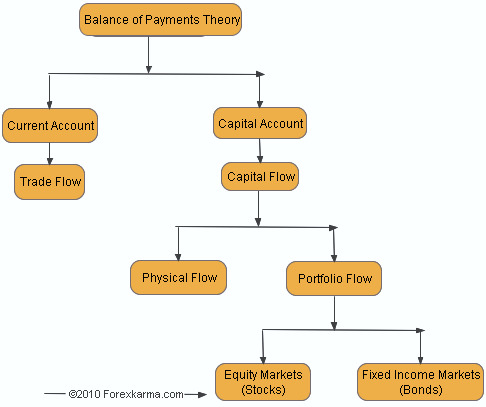How do Banks Create Money?
By lending out deposits that are used multiple times
Where do the Loans Come From?
From depositors who take cash and place it in their banks
How are the Amounts of Potential Loans Calculated?
Using their bank balance sheet, or T-accounts that consist of assets and liabilities for banks
Bank Liabilities (right side of the T-account sheet)
1 - Demand Deposits (DD) or checkable deposits
- Cash deposits from the public
- They are liabilities because they belong to depositors
2 - Owners Equity (stock shares)
- There are values of stock held by public ownership of bank shares
Key Concepts for AP concerning Liabilities:
- If demand deposits comes from someone's cash holdings, then the DD is already part of money supply
- If DD comes in from purchase of bonds (by the FED), this creates new cash and therefore creates M1 (new money supply)
Bank Assets (left side of the T-account sheet)
1 - Required Reserves (RR)
- These are the percentages of DD that must be held in the vault so that some depositors have access to their money.
2 - Excess Reserves (ER)
- Sources of new loans. These amounts are applied to the Monetary Multiplier/Reserve Multiplier (DD = ER + RR)
3 - Bank Property Holdings (buildings and fixtures)
4 - Securities (Federal Bonds)
- Bonds purchased by bank, or new bonds sold to the bank by the Federal Reserve. These bonds can be purchased from the bank, turned into cash that immediately become available as ER.
5 - Customer Loans
Amounts held by banks from previous transactions, owed to the bank by prior customers.
Money Creation (Using Excess Reserves)
Banks want to create profit, they generate it by lending the excess reserves and collecting interest. Since each loan will go out into customer's and business accounts, more loans are created in decreasing amounts (because of reserve requirement). Rough estimate of number of loan amounts created by any first loan is the money multiplier.
The Monetary Multiplier (AKA)
- Checkable Deposits Multiplier
- Reserve Multiplier
- Loan Multiplier
- Multiplier = 1/RR
- Excess Reserves are multiplied by the monetary multiplier to create new loans for the entire banking system and this creates new money supply










